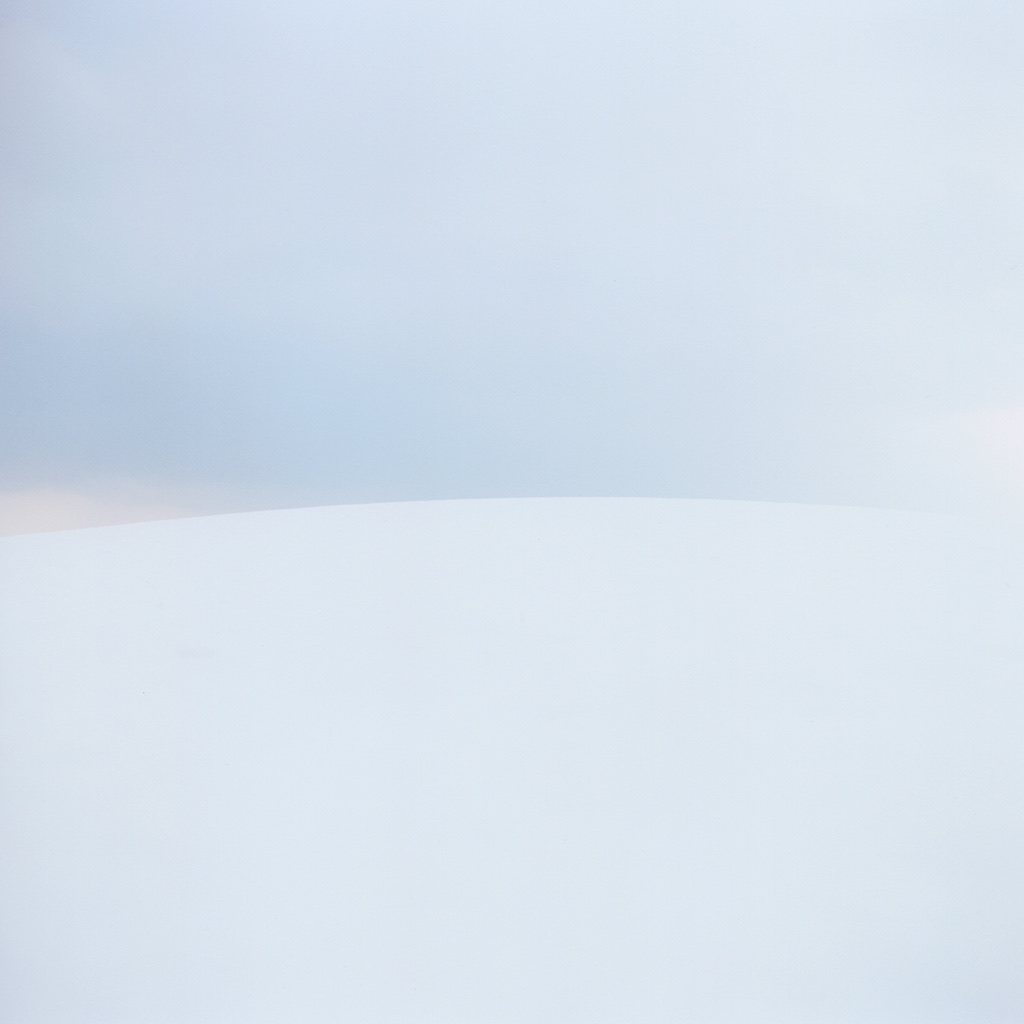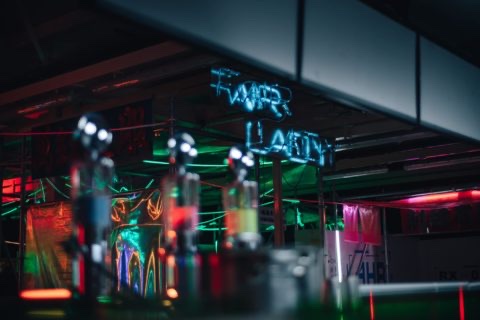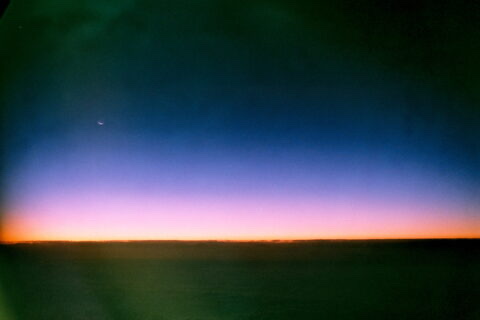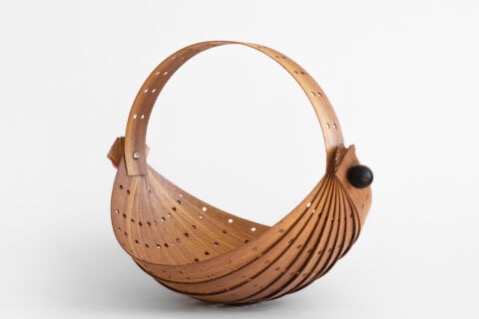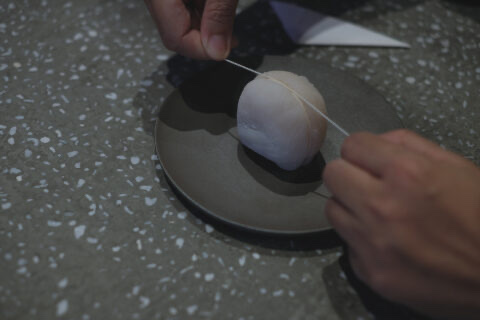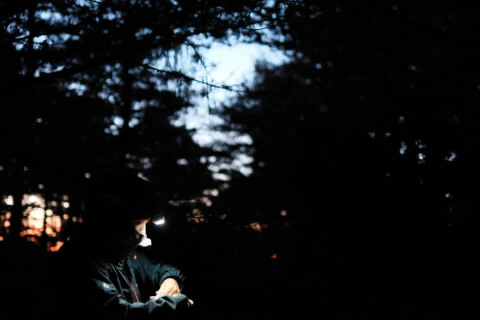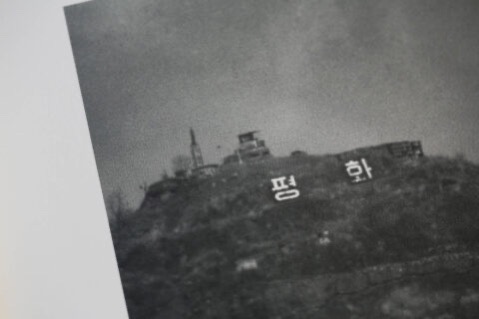
日本攝影師本多康司的建築攝影,與人像攝影的氣質很相近。照片呈現的,不單是被攝的主體,還有包圍著主體的氣氛,以及拍攝者與被拍攝者之間凝結了的空氣。
本多康司學生時期曾經用祖父贈予的相機拍攝建築,那時日本雜誌《新建築》的建築攝影風格流行一時,以廣角鏡將原來狹小的空間拍攝得極為廣闊,本多康司看到時感到不自然,強行將空間全攝入鏡頭之下,缺少了對那裡的氣氛、光線、空氣流動等的傳達,似乎就無法被拍攝的空間好好表現出來。這種美學觀念,不單表現其空間攝影之上,也在其人像攝影裡。
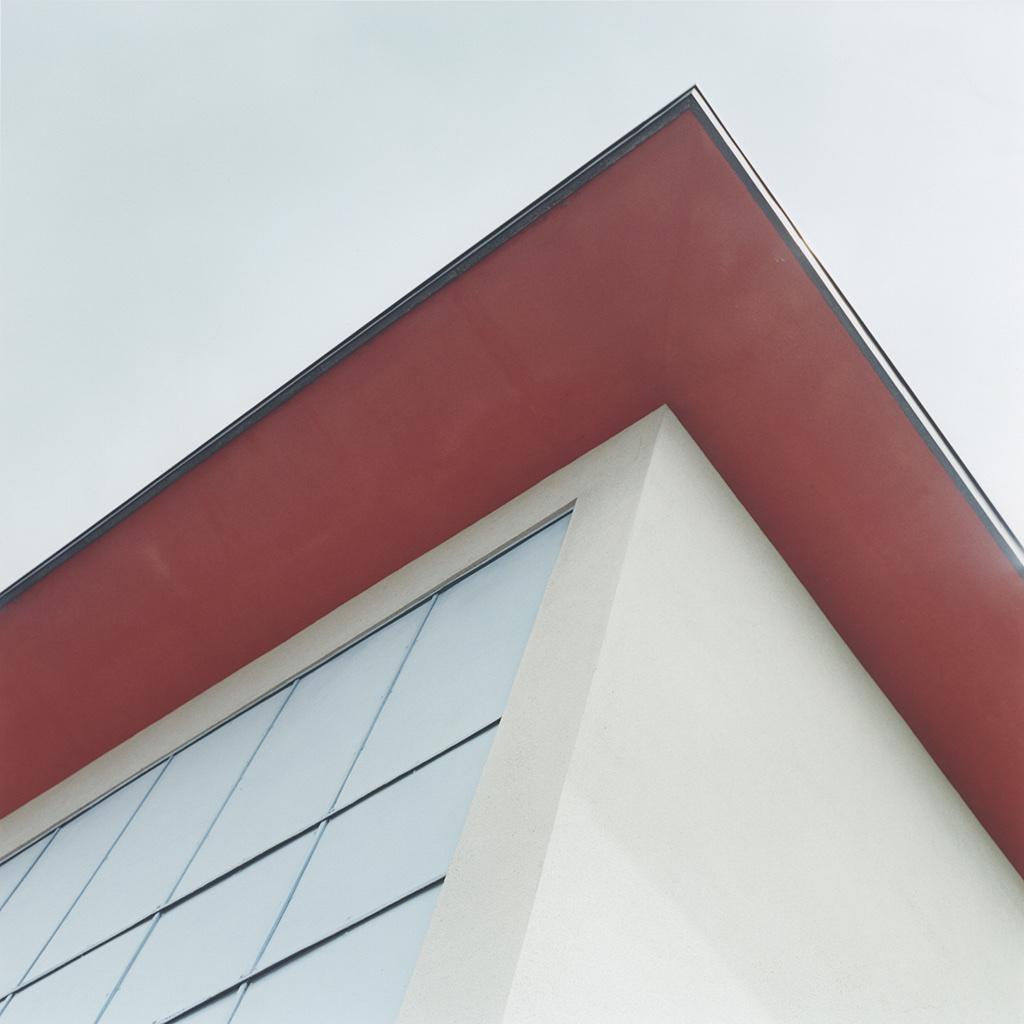

The Japanese photographer Honda Koji shoots architecture in a very similar manner as how people’s portraits are made. Not only does he engage the subject into the photography, the presence of the surrounding environment and the frozen ambiance between the photographer and the subject are as well vividly captured.
Koji’s grandfather gave him a camera as present when he was a student. He used it to shoot various architectures. Back in the days, the technique of using wide-angle lens to give a small space a wide thorough view was made popular by the Japanese New Architecture Magazine. Regardless of its popularity, Koji found the style unnatural, as the whole space was forced into the image without being accompanied by the surrounding atmosphere, lights and the movement of air. The insistence to capture the actual surrounding is the aesthetic that guides Koji when making both interior and portrait photography.
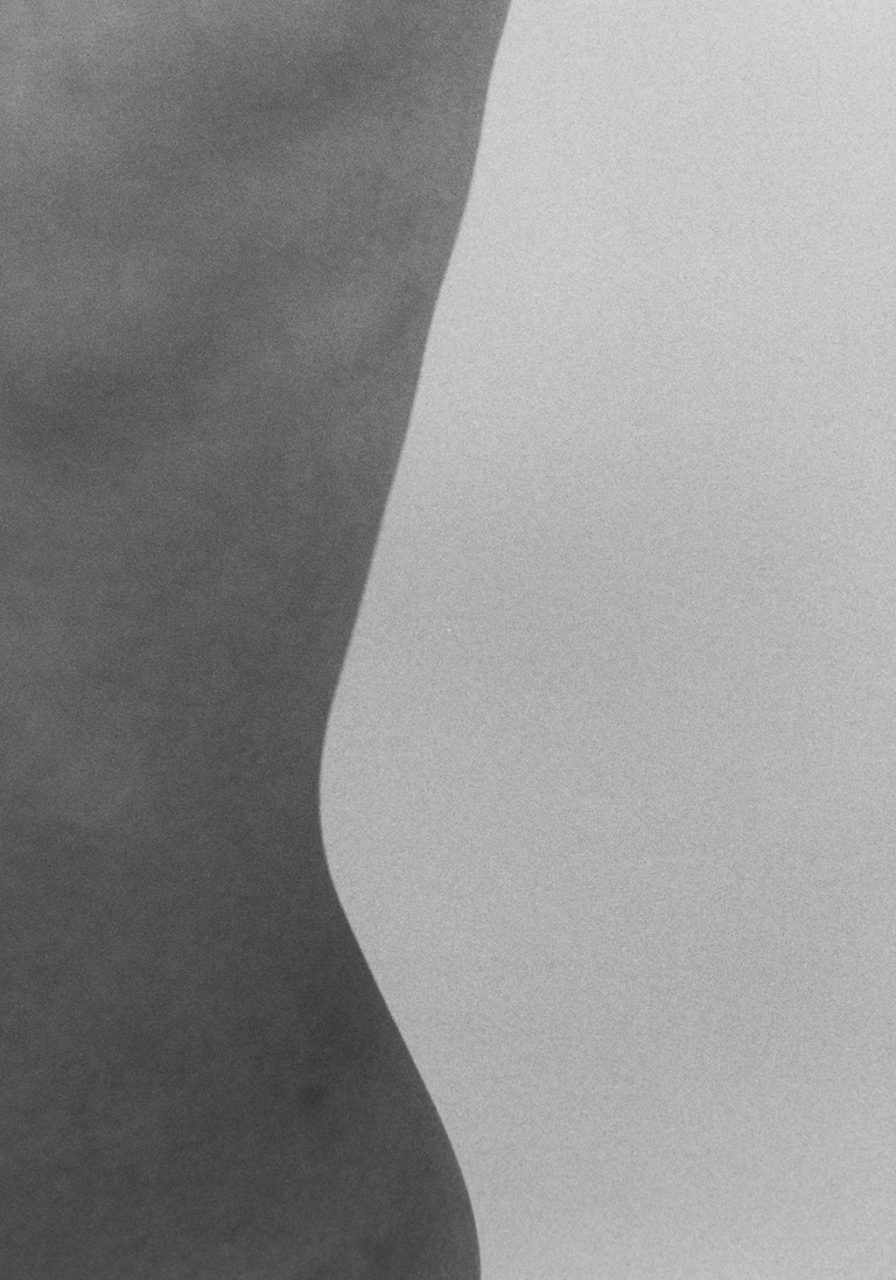
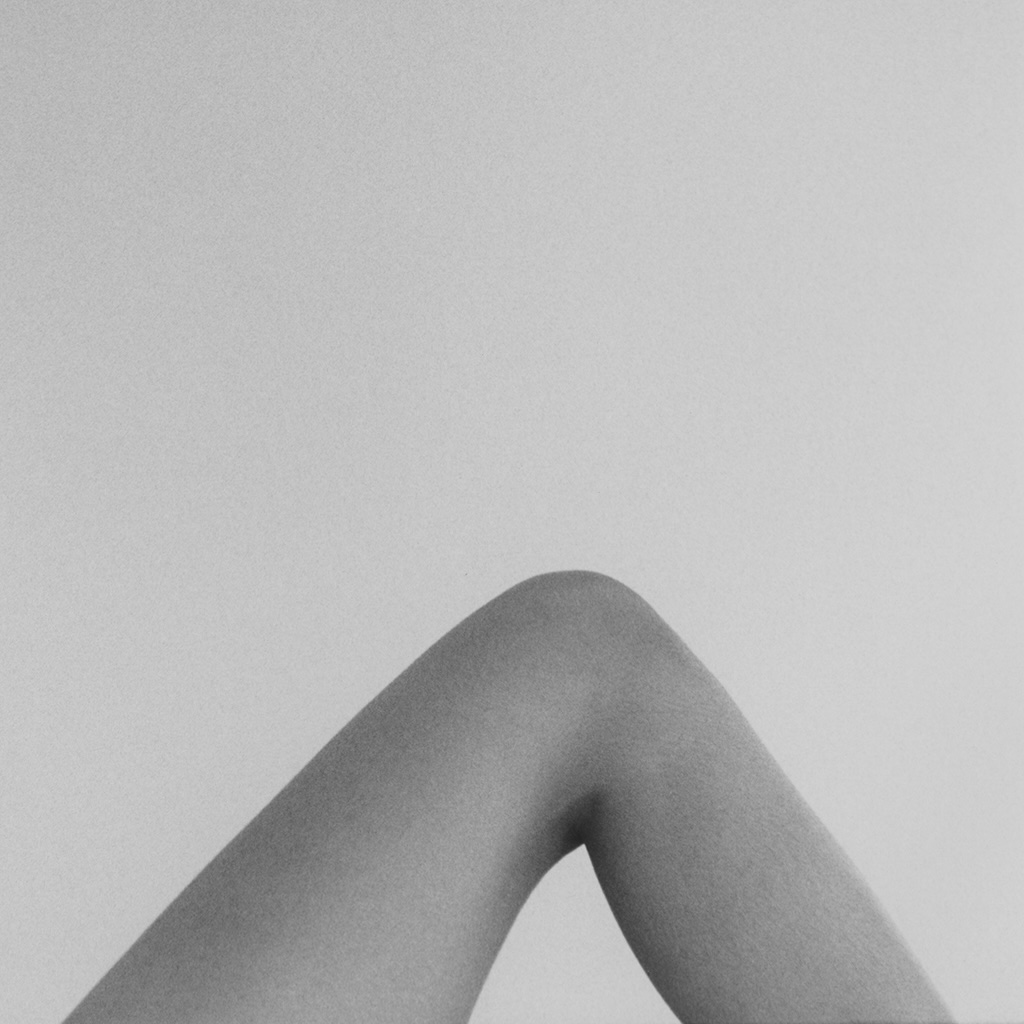
本多康司的父親從事建築相關的行業,大學時很自然地選擇了建築學系,畢業後卻進入了旅行社工作,後來又辭職旅行了一整年。在很多人眼中這樣的年青人或許沒多少目標,但本多康司卻在晃晃悠悠中覓得自己的理想——旅行期間偶然遇上了商業攝影師,直覺感到這職業能結合建築及旅行的經驗,回國後先後師從長野博文及泊照雄學習。前者多以拍攝年輕少女寫真集為主,後者則是由空間造型師轉行成為攝影師,兩位皆是日本著名的商業攝影師。
「一個人做不來的事,可以請其他專業人士幫忙,而且明確地知道自己正為誰人而努力,是一件非常富魅力的事呢。當作品在書籍、報紙或公共空間內展示出來時,也感到很快樂。不過,最大的樂趣,莫過於能與很多出色的人、物件、空間及想法相遇。」問本多康司可以選擇商業攝影而非藝術攝師,他解析說。
Influenced by his father who is a practitioner in the architecture field, Honda Koji naturally applied for the school of architecture when entering university, however he ended up working in a travel agency upon graduation and spent an entire year traveling after quitting the job. Many may find him lacking career direction, but Koji found his dream during his wandering days — the encounter with a commercial photographer gave him the idea of presenting his knowledge and experience in architecture and traveling using photography as a medium. After returning to Japan, Koji had been an apprentice to the two famous commercial photographers, Hirofumi Nagano who specializes in doing portraits for young females, and Akio Tomori who was first an interior stylist before becoming a photographer.
“It is simply amazing to work with help readily offered by other professionals, when you know work is not to be finished in solitude. It is also great to always know exactly for whom you’re working. The joy of seeing your work displayed in books, newspaper or public space is simply impeccable. Still, the biggest satisfaction comes with the interaction with all the with extraordinary people, objects, space and ideas,” explained Honda Koji for why he prefers commercial to fine art photography.
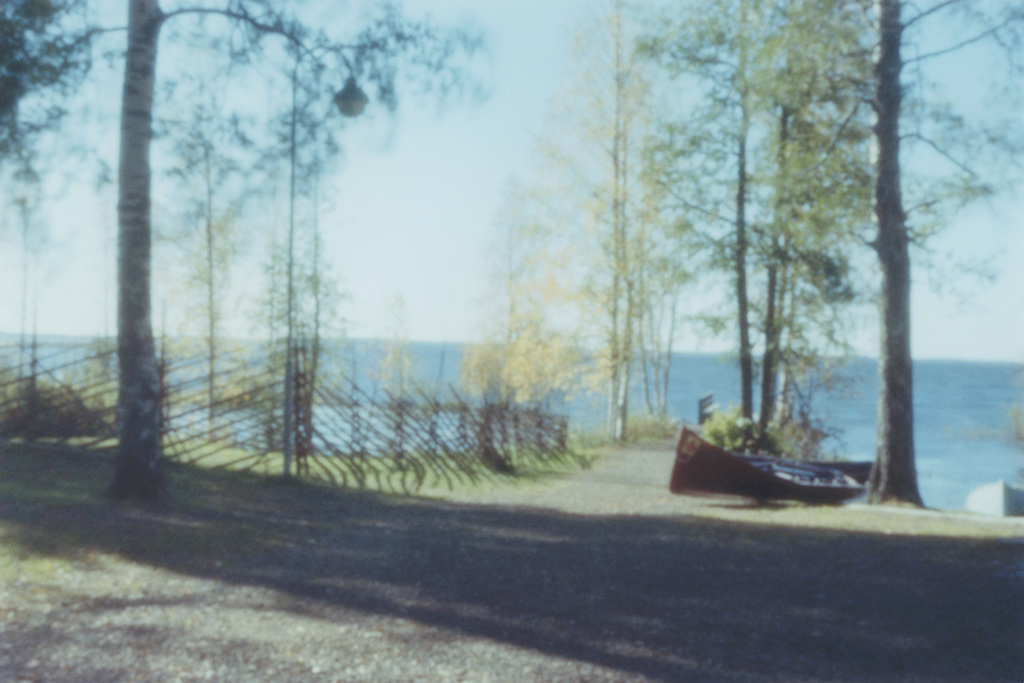



在長野博文身上他學習到成為商業攝影師的基本能力——攝影技術、與客戶溝通、提交作品的方法等,於泊照雄身上,他則學習了菲林攝影、沖灑技術等。除了這類專業技能之外,還有對攝影工作的思考。「『要珍惜偶然發生的事』、『相信現場存在的東西』、『比起高品質的作品,更該追求高尚情操的作品。』等等,說起來,他們對我的影響實在很深刻。」
Hirofumi Nagano taught Koji the basic skills of becoming a commercial photographer, including the photography technique, the skill to communicate with clients, as well as how to submit the final work; on the other hand, Akio Tomari taught him how to shoot with film camera, to develop the films, along with other techniques. Apart from the technical knowledge, he also learned from them the mindset of being a photographer. “They taught me to cherish occasional incidents, to believe in the moment, and to consider work ethic before the quality of work. I have gained a lot from the two photographers.”


獨立以後,本多康司接到的首個工作,是丸紅綜合商社的情報通訊,現時的客戶包括了運動鞋品牌Asics Tiger、雜誌《Dancyu》、三井住友銀行、伊勢丹百貨等等。不少攝影師在自己網站的作品欄之中,都會刻意把工作及個人作品明確地驅分,但本多康司卻不如此,在各個為別人拍攝的作品中,也夾雜著他為自己拍攝的作品。「希望盡量不要劃分,假如自己的作品及工作上的照片放在一起,看起來時也是相同的感覺,那是最理想的。即使為工作而拍攝的照片加入了很多不同要素,仍然希望能保留自己的個性。」
本多康司自言至今仍在探索自己的攝影風格,而探索的方法之一,便是他任職長野博文的助手時,便開始拍攝的「Madori」系列。「Madori」之中,包括了建築物及環境的照片。「大學時修讀建築及景觀相關的科目,因此對空間的展現方式特別感興趣。我希望能將那展現的方式,用自己的風格拍攝下來,於是開始了這系列。後來我發現這系列的拍攝方式,有可能成為我日後的個人風格,於是便持續拍攝下去。另一方面,拍攝這系列的過程裡,也使我感到拍攝對象是物件或是人物,其實沒有太大的差異。」
After he started working as an independent photographer, Honda Koji’s first job was to shoot for the Marubeni Corporation newsletter. His current clients include the sports brand Asics Tiger, Dancyu magazine, Sumitomo Mitsui Banking Corporation and Isetan Department Store. While many photographers separate consignment jobs from personal works on their website, Koji prefers not to distinguish the two types of works. “I do not want to put a distinction between the two. It would be ideal if both my commercial works and personal works share the same vibe. I wish to retain my personality in the consignment jobs, although they may consist other elements.”
Koji believes he is still exploring his style of photography; the Madori project which he began while still working as Hirofumi Nagano’s assistant is exactly part of this exploration. In Madori, there are photographs on architecture and space. “I studied architecture and urban planning in university, it helped to develop my particular interest in the presentation of space. Through this project, I wish to document such presentation by means of photography. Eventually, I realized the Madori project could be the core of my personal style, therefore I decided to continue with it. The project also made me understand shooting inanimate objects is not at all different from shooting people.”
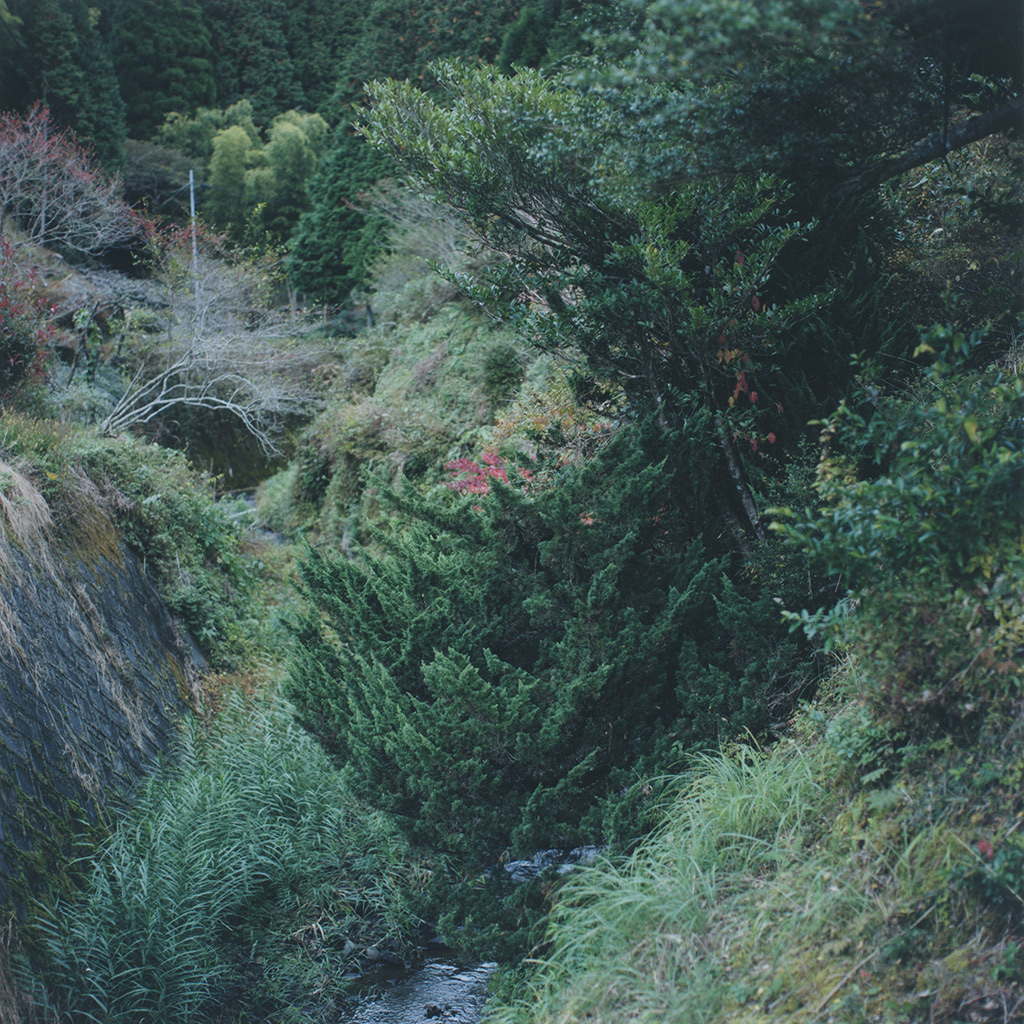
「抱著敬畏之心對待此時此地可一不可再的空間,逐點逐點地靠近。在某個瞬間看到了心裡感受到的東西。珍惜與被攝者之間的空氣。」這是本多康司將「Madori」結集成書時寫的序言,但似乎,不管被攝體為何,是人是物或空間,他都採以同樣的態度。他「珍惜與被攝者之間的空氣」,因此我們看到了被攝體流露在空氣裡的動人氣息。
In the foreword of Madori, the book which archives his project, Koji writes, “Every moment is unique, I treat it with respect and try to slowly get close to it. I adore any instance that moves me. I also embrace ambiance created between me and the subject of photography.” As a photographer, Koji treats any subject of photography, be it human or simply a space, in the same manner. As an audience, we are allowed to witness the beautiful dynamics of how the subject of photography affects its surrounding, precisely because he “[embraces] ambiance created between me and the subject of photography”.
